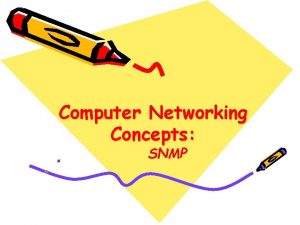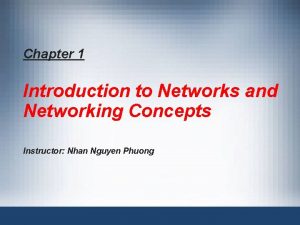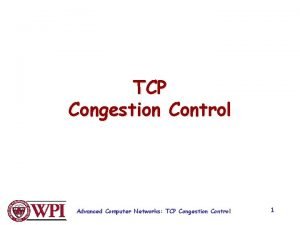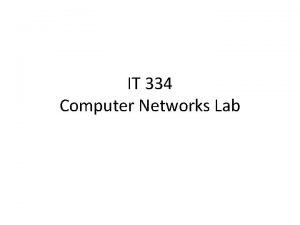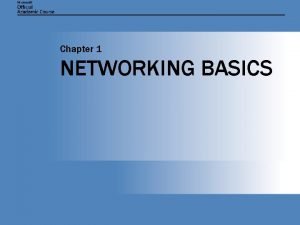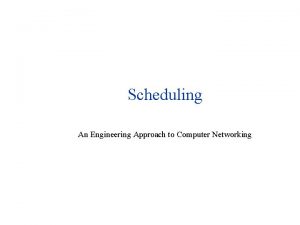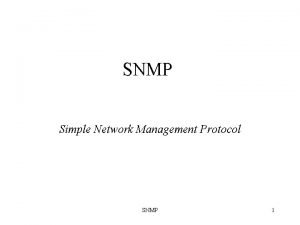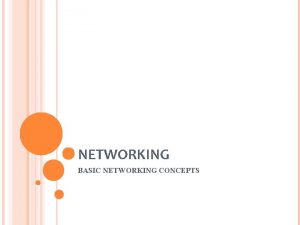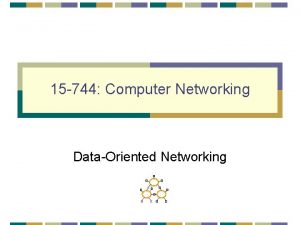Computer Networking Concepts SNMP SNMP SNMP stands for






- Slides: 6

Computer Networking Concepts: SNMP

SNMP • SNMP stands for Simple Network Management Protocol. • It is not actually a protocol but a client server application that runs on the UDP (User Datagram Protocol) service of the TCP/IP protocol suite. • • It was developed to be an efficient means of sending network management information over UDP using Ports 161(SNMP) and 162 (SNMPTRAP).

SNMP con’t SNMP consists of three parts: Messages, Agents and Managers. • SNMP Messages (such as Get and Get. Response) communicate the management information. • SNMP Managers asks the questions (polls) and manages the Agents approximately every 15 minutes to see if anything has changed. • SNMP Agents are resources to be managed such as hosts, servers, routers, hubs. . .

SNMP con’t There are only 5 PDUs (Protocol Data Units) associated with SNMP: • Get. Request allows the SNMP Manager to access info stored in the Agent. • Get. Next. Request allows the SNMP Manager to obtain multiple values. • Get. Response is a response from the SNMP Agent to Get. Request, Get. Next. Request and Set. Request. • Set. Request is used by the SNMP Manager when configuring Agents • Trap reports that an event has occurred by the SNMP Agent. (Error or status has changed)

SNMP con’t • This is where the simple comes from - only 5 commands! • Efficiency suffers because UDP restricts the amount of information that will fit into a single UDP packet. • For example, at least 1 Get. Next. Request is required for each row in a routing table. There may be hundreds of rows in 1 routing table hundreds of packets generated. • UDP is a connectionless protocol. Agents have no method of confirming that the events that they have reported using Trap have been received. • This is considered to be a "safety" issue. • Security is also a problem. • The only mechanism for determining if an authorized network manager is requesting management action is a clear text community name in the packet header. • There is no method of providing privacy of management information. Due to these security faults, most SNMP implementation is used for monitoring and no "strong" management functions are defined.

References Introduction to Data Communications Copyleft Sept. 1999 - Jan 2005 TCP/IP Tutorial and Technical Overview An IBM Redbooks publication Published 19 December 2006 Computer Networking: A Top-Down Approach (7 th Edition) James Kurose & Keith Ross

